Mia Ohki
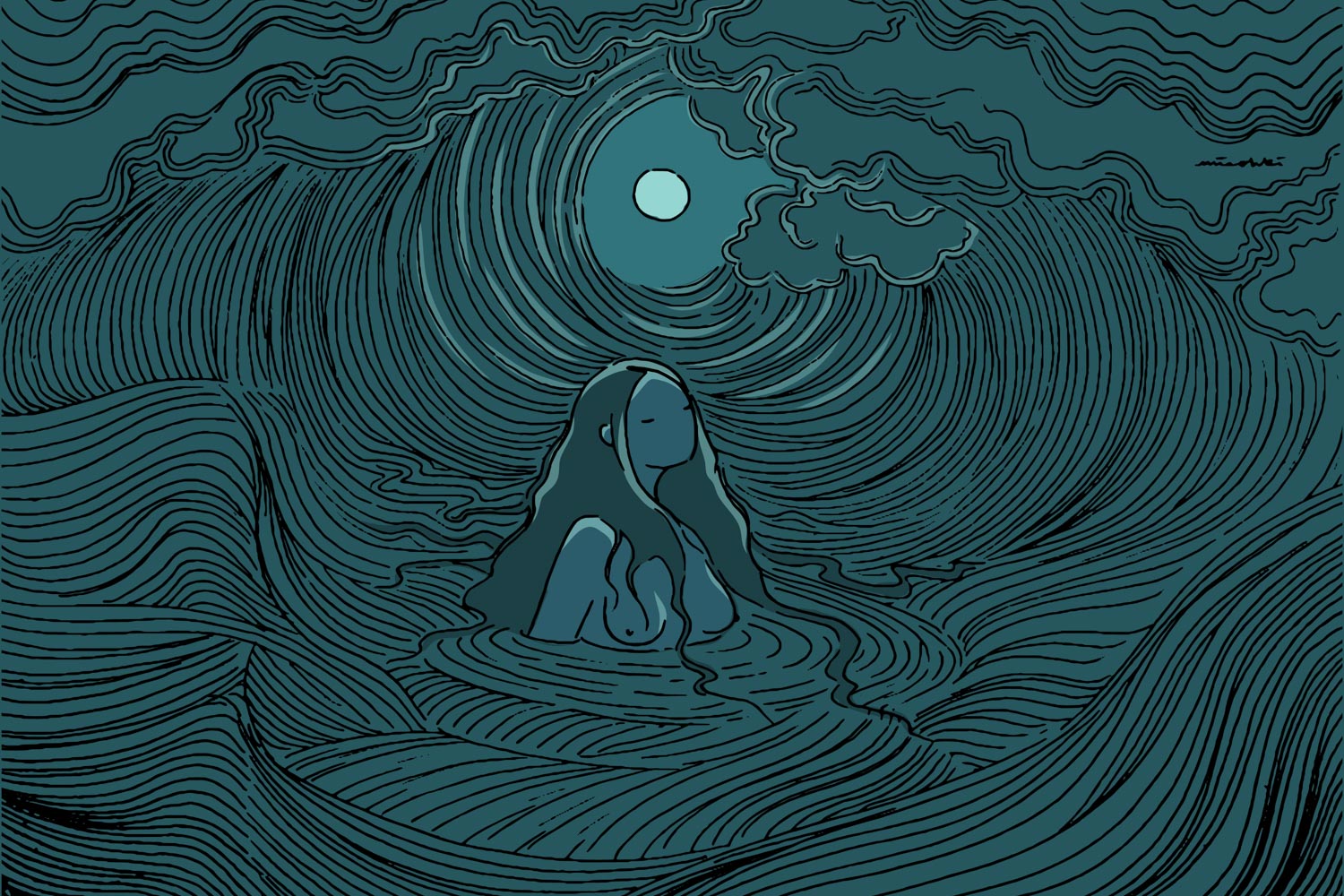
Mia Ohki
Illustrator and Painter
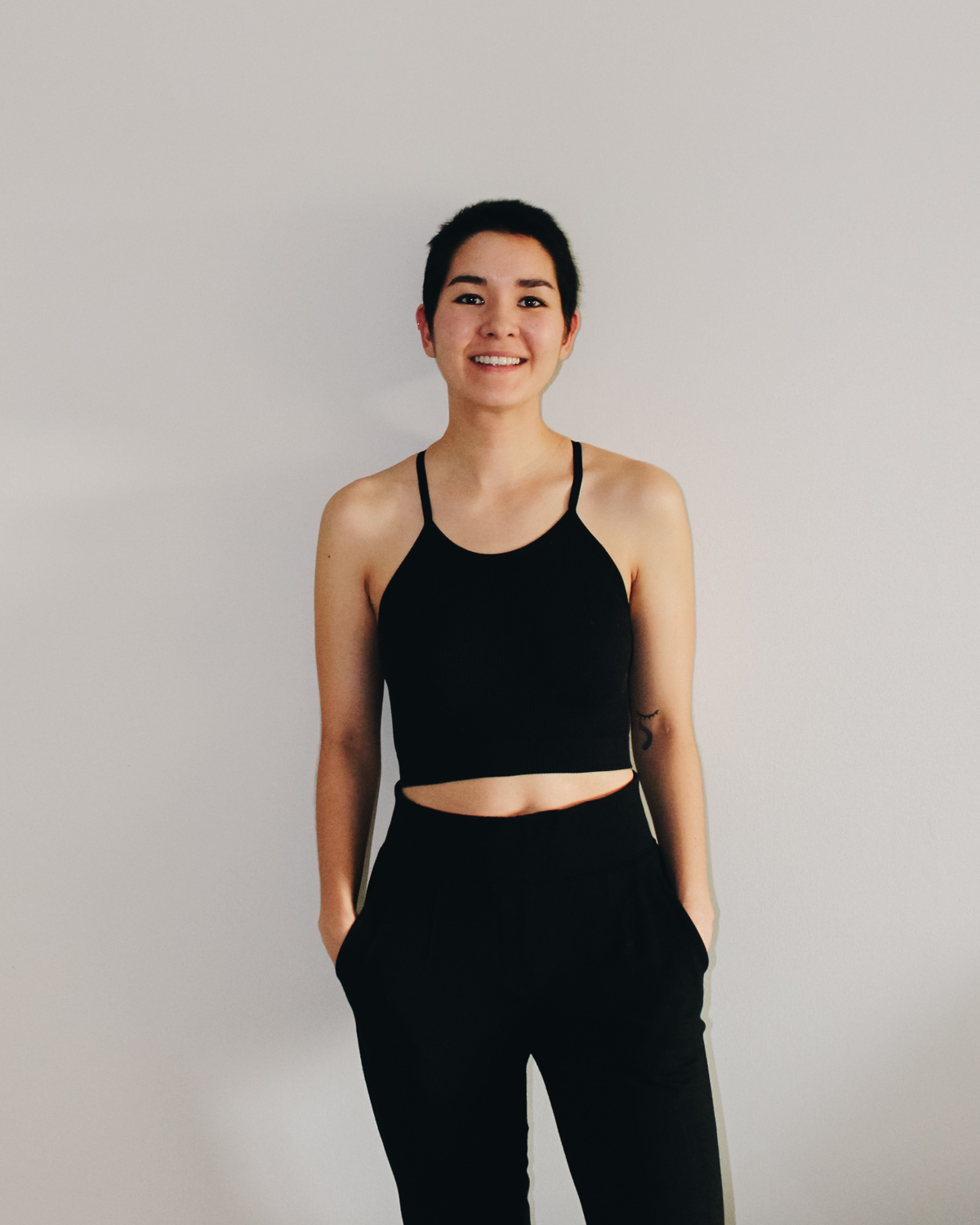
Interview by Gale Straub
It’s tempting to take Mia Ohki’s work at face value. It’s easy to marvel at the simple yet intricate line work, to imagine yourself floating in the water, looking up among evergreens. Mia’s illustrations have a calming effect; all is, if not quite well, balanced in her feminine world. There’s a symbiotic relationship between this anonymous woman and nature.
But to get to know Mia is to get to know the depth of her imagery—a well that’s deepened over time. Her pieces tell a story of her Japanese-Métis-Canadian identity, as well as both the family who have come before and continue to live alongside her. Mia uses her art to experiment and grow, to express herself, and to educate.
In our interview, I asked about the different facets of Mia to gain a better understanding of her multi-dimensional work. I hope learning more about the intention behind her art makes you want to dig into both the subjects she covers as well as her broader portfolio.
Find out more, in Mia’s own words:
Meet Mia Ohki
You started taking art classes at 6 years old. When did you first identify as an artist?
I would say I’ve been inclined towards the arts for most of life, but I didn’t start calling myself an artist until I began running my business.
There is a level of professionalism that I felt I had to get to before calling myself an artist; I didn’t feel like I could use the word to describe myself until I began taking art seriously.
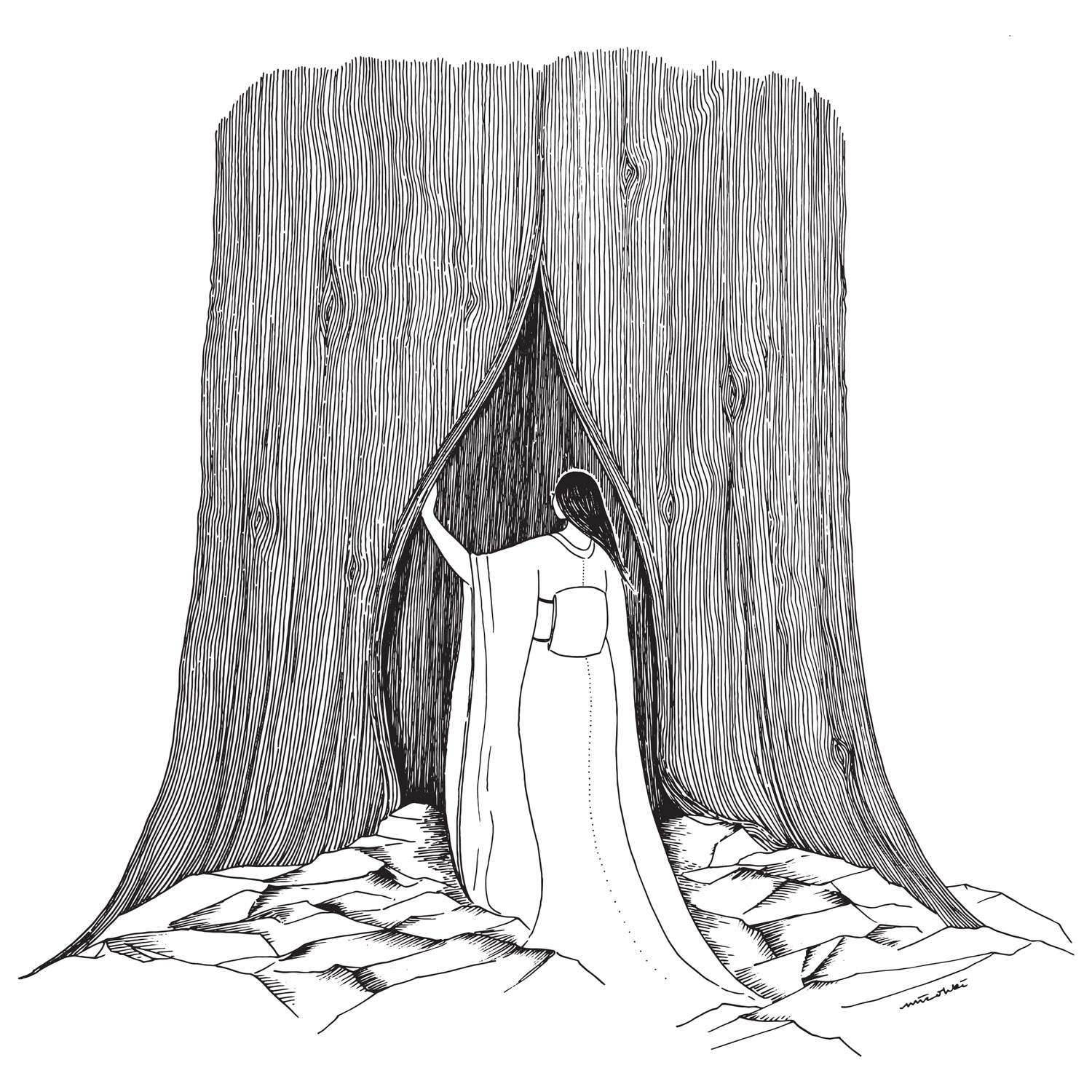
I do wish I had felt more comfortable calling myself an artist when I was younger.
I think there is always hesitation in saying “I am an artist” because it opens you and your work up for criticism, whether you want it or not.
Now I’ve gained confidence by using the title regularly to describe myself, and I realized thinking I wasn’t good enough to be called an artist was holding me back from creating due to fear of failure.
Your Métis-Japanese-Canadian heritage intersects with much of your illustrative work. How have the ways your background shows up evolved over time?
I use my art as a form of self-portraiture, so when I first started posting, I would include Japanese and Métis design elements to hint at my background. Eventually, the figures I drew started to have features like mine, and the way I illustrate facial features presently developed from how I see myself.
When I was younger, people would always point out my eye shape over anything else, so now, each figure typically has slanted eye lines to allude to myself and my background in each piece.
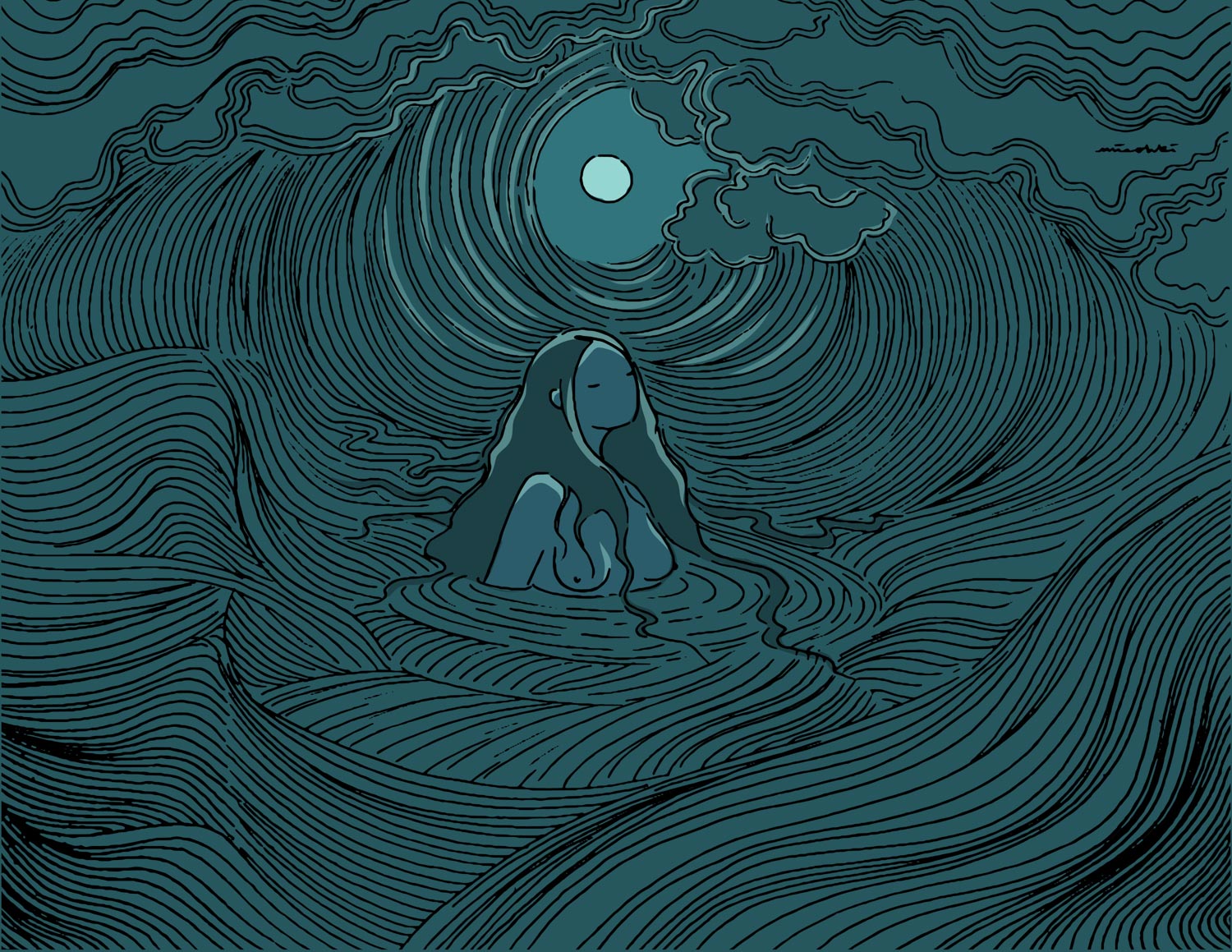
“She, as water”
I still love to include design elements from my background, but lately, I’ve been trying to research and incorporate more symbolic imagery, such as Ensōs and certain outfits from each culture, to give the ideas more depth. The “I Know What It Looks Like” project was also a huge step in exploring my family’s history.
Tell us about your first solo show, “I Know What It Looks Like.” What kind of reactions did you get from people experiencing it? Did they align with what you were hoping for?
“I Know What It Looks Like” was a remarkable experience in combining research and art into a project that explored my heritage.
As far as reactions, there were some tears, quite a bit of shock at some of the information concerning Japanese Canadian Internment and Missing and Murdered Indigenous Women and Girls, but overall there was a sense of interest. That was my main goal, so reactions did align with what I was hoping for. I simply wanted to draw attention to these events and ensure the stories were respectfully told.
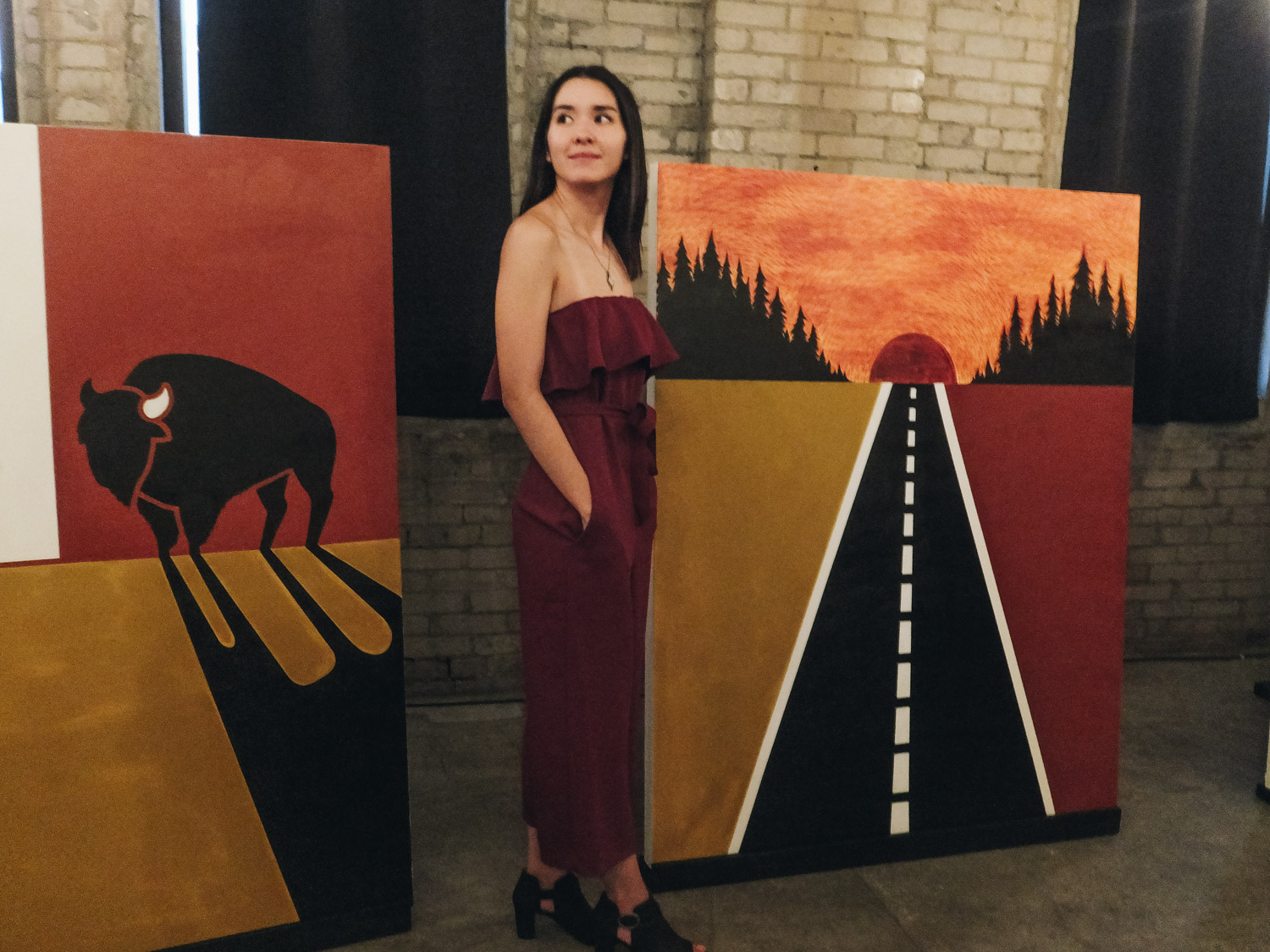
Mia between two pieces (“Residential” left and “Reconciliation” right) at her “I Know What It Looks Like” show.
How did your family connect to “I Know What It Looks Like”?
My family helped with the background research of the whole project, although somewhat unknowingly because they didn’t get to see any of the pieces until the main show.
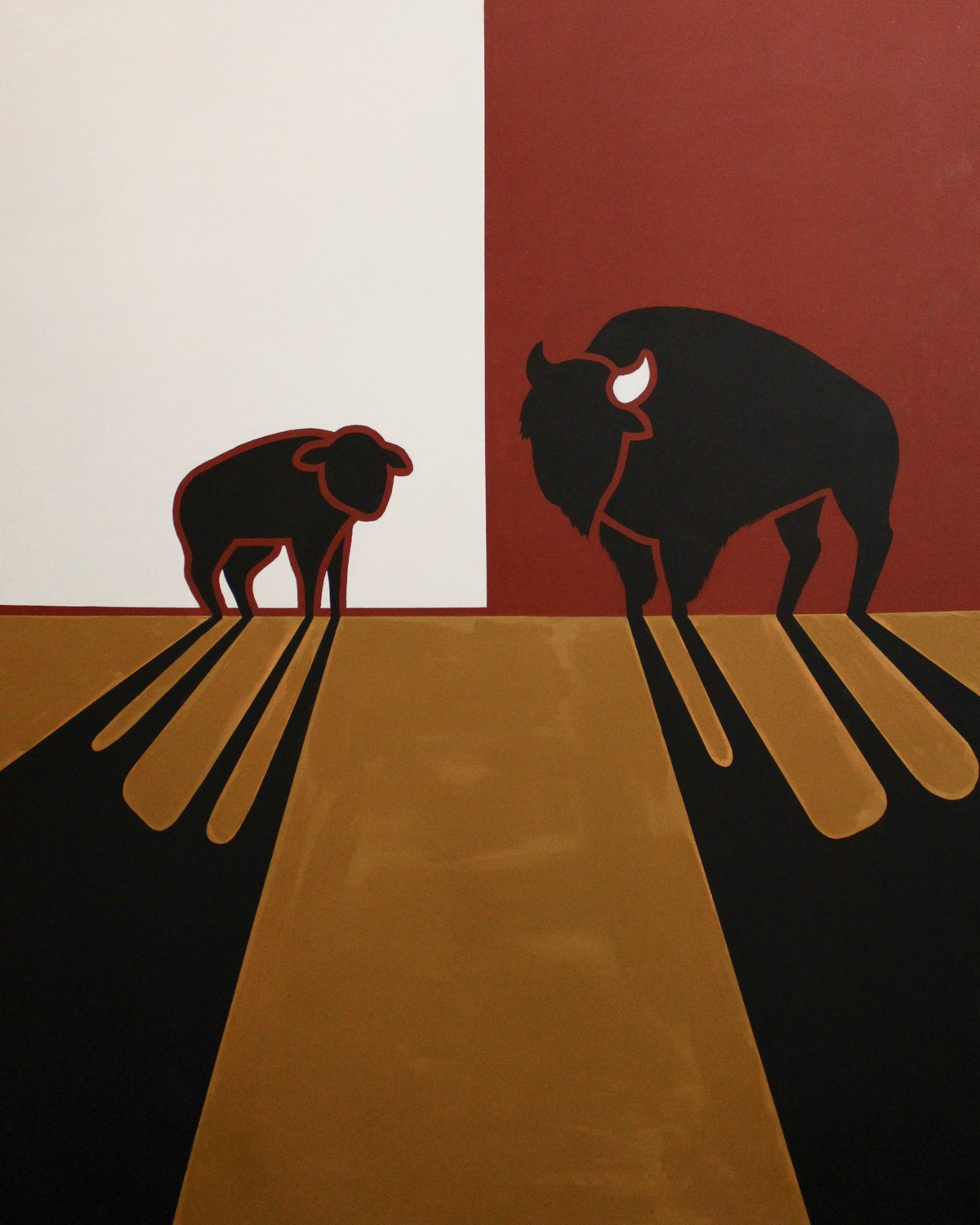
“Residential” by Mia Ohki
I used books from the library at the Edmonton Japanese Community Association, where my Japanese grandmother is currently president of the board. She and my grandfather connected to the project because many of the people I was researching were friends of theirs, and they were involved with many of the events concerning the Japanese Redress Movement.
My grandmother on my mom’s side is Ukrainian and Métis. Growing up, she moved away from embracing her background to be accepted by her peers, and much of the familial knowledge was lost.
She has passed away now, and my mom has spent years compiling information about our family history to try to understand and reclaim those parts of our heritage, so including our Métis history was very meaningful for her.
How has working primarily in black and white allowed you to make statements with color?
Working primarily in black and white has allowed me to learn how to develop emotions in each piece without relying too much on color to create a mood. However, I feel working with black and white for so long has made the appearance of color in my work extra impactful because it contrasts the black and white work so noticeably.
I want the addition of color to emphasize the emotions in pieces.
In my art project “I Know What It Looks Like,” I chose the colors specifically for their meanings, without paying as much attention to the mood the colors gave to the pieces.
In my personal everyday work, I want the addition of color to emphasize the emotions in pieces, so I try to use simple 1-5 color palettes to give the work more depth without making it too visually complex. I even like using one color in various shades, so the emotion is clear and uncomplicated, and in that way, it’s hopefully more relatable for the viewer.
- “One Day At A Time”
- “All I Worship and Adore”
You studied psychology as an undergrad. While I’ve read you wished you’d had the confidence to continue pursuing fine art, are there ways that studying psychology has benefited you and influenced your work?
Yes, without a doubt. My major is psychology and my minor is philosophy, so they both have quite a bit of material to draw themes and ideas from. I genuinely think they’ve informed my work just as much as the art classes I previously took in university did. I do still wish I had quickly finished up the fine arts diploma and moved into an undergrad afterward, but I don’t regret moving into the undergrad because it allowed me to pursue art as a hobby again.
I think I was stuck viewing art through an academic lens and in that way, it no longer brought the same happiness; it became homework and was no longer my passion. When I separated art and school, I spent more time studying the arts while allowing other ideas from psychology and philosophy to influence my work as well.
How does a connection to place influence your work? What role does the natural world play in it?
The natural world is the inspiration for most of my work because I love giving my work repetitive patterns and textured line work. Connection to a place is something I’m continuing to explore. I love drawing the Canadian outdoors, the expansiveness and recognizable aspects, like the evergreen trees and wildlife.
Although I enjoy personalizing pieces with elements from my current surroundings on the superficial level of merely liking how they look, I would like to dive deeper into exploring what it means to be Japanese-Canadian as well as Métis, and how those two sides interact and connect with the land.
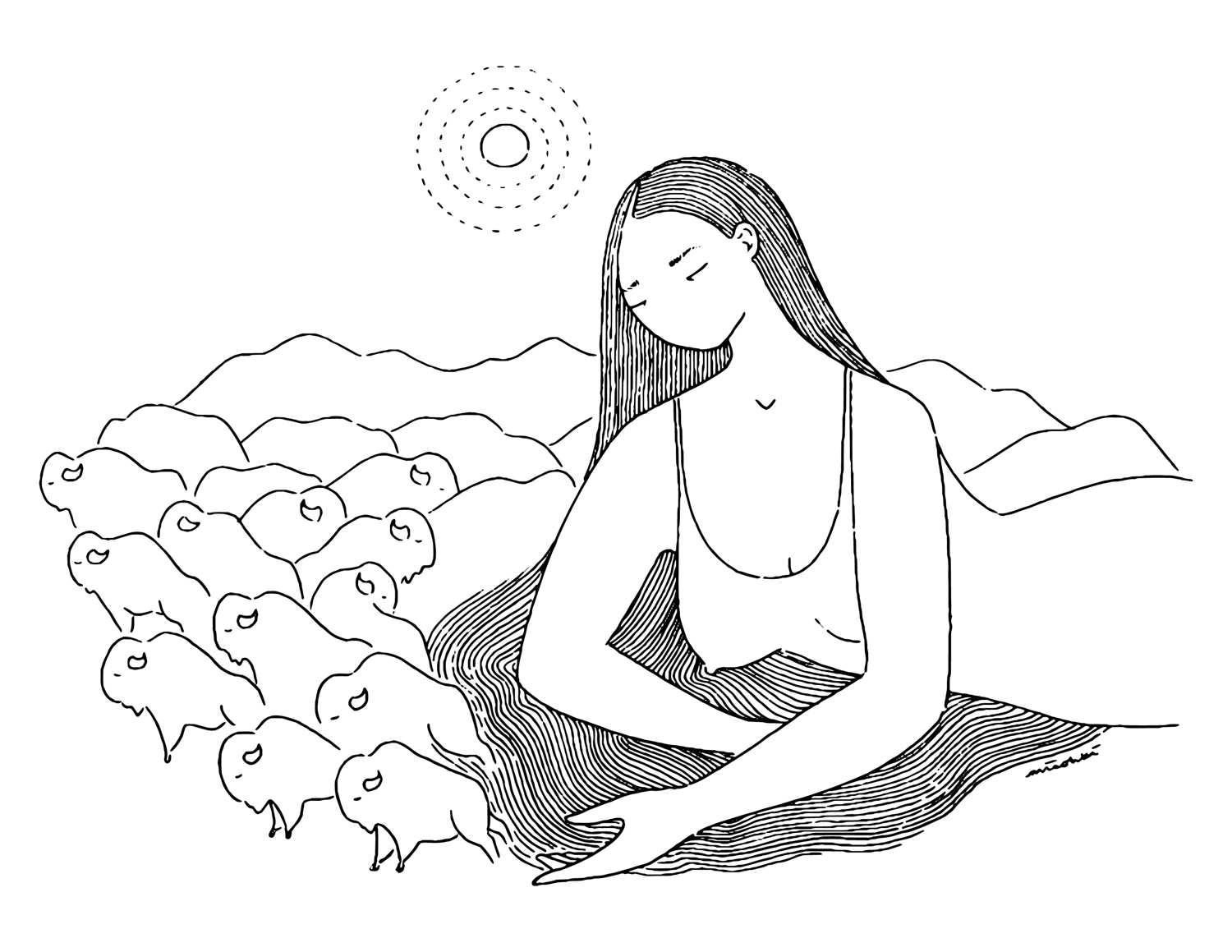
“Making The Mountains”
What part of the process of making your art brings you the most joy? (The ideating, the making, the sharing…)
Many of my illustrations have very detailed areas of line work, often made with small marks or long repeating lines. There is a moment while drawing those areas where my mind just relaxes, and all focus is on the illustration. Those moments of complete calm bring the most joy.
Even when I’m upset, drawing is exceptionally soothing, and the content of the illustration somehow shows the exact emotion. In that way, it almost feels like a diary entry, and I feel lighter for having spent some time quietly working.
Learn more about Mia Ohki on her website, miaohki.com, and see more of her artwork and creative projects on Instagram @miaohki.


Be the first to comment